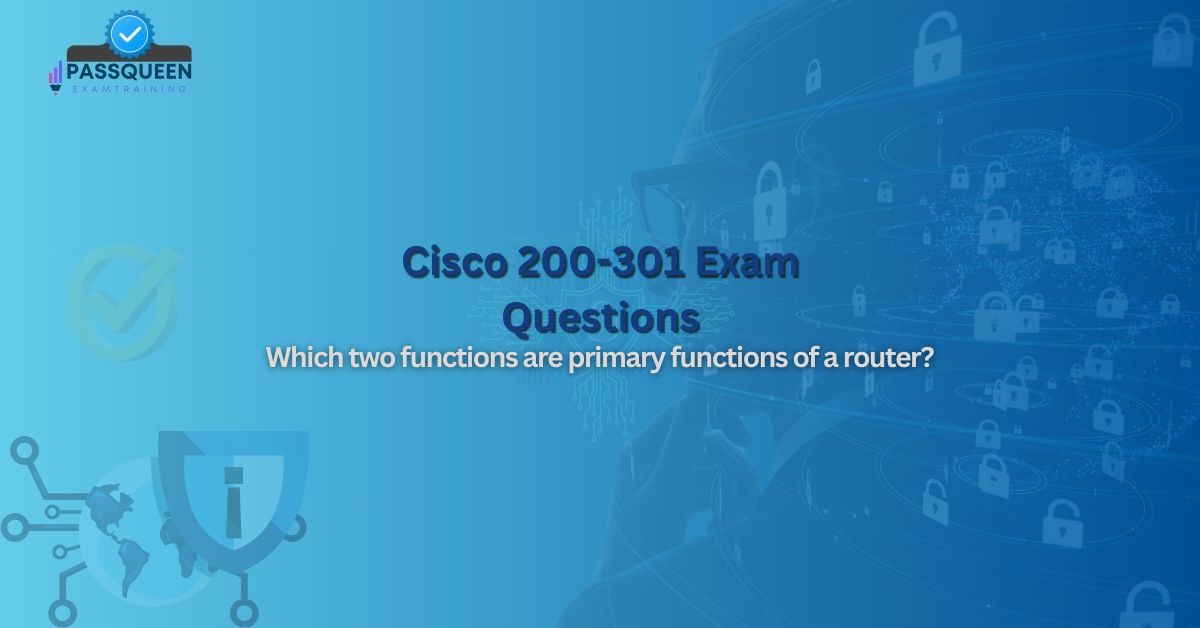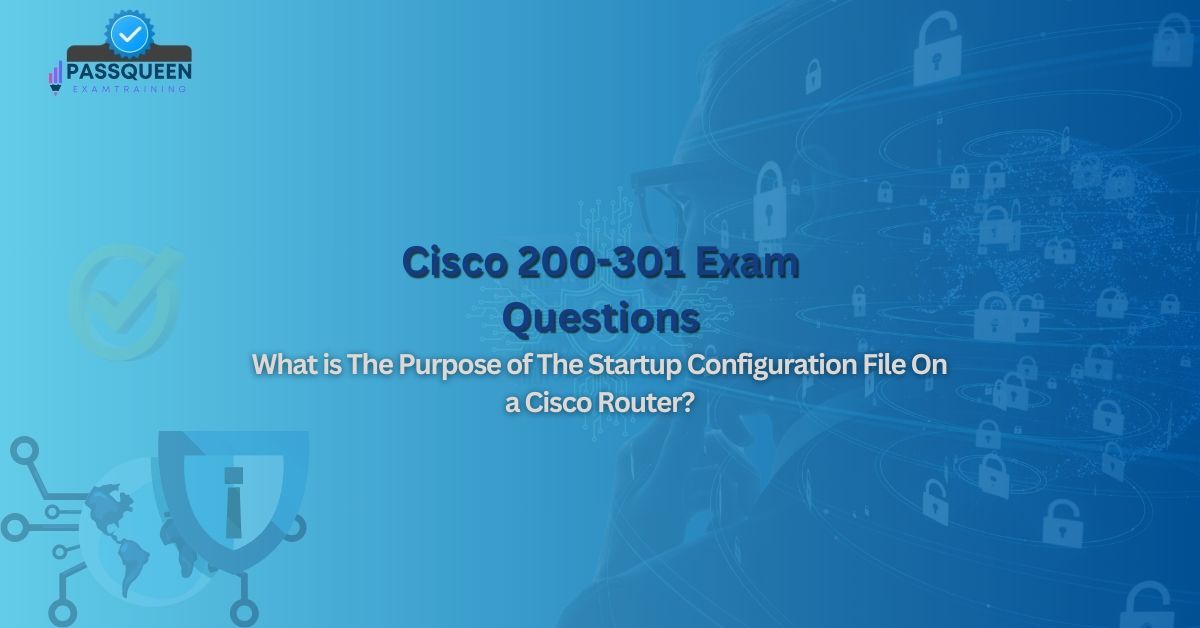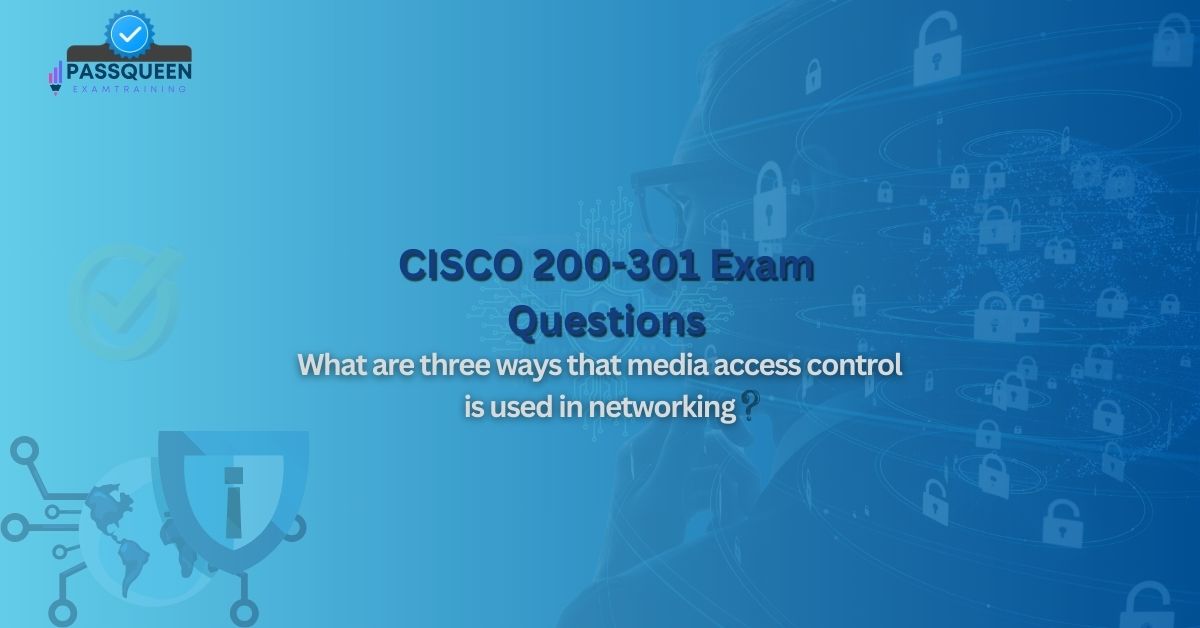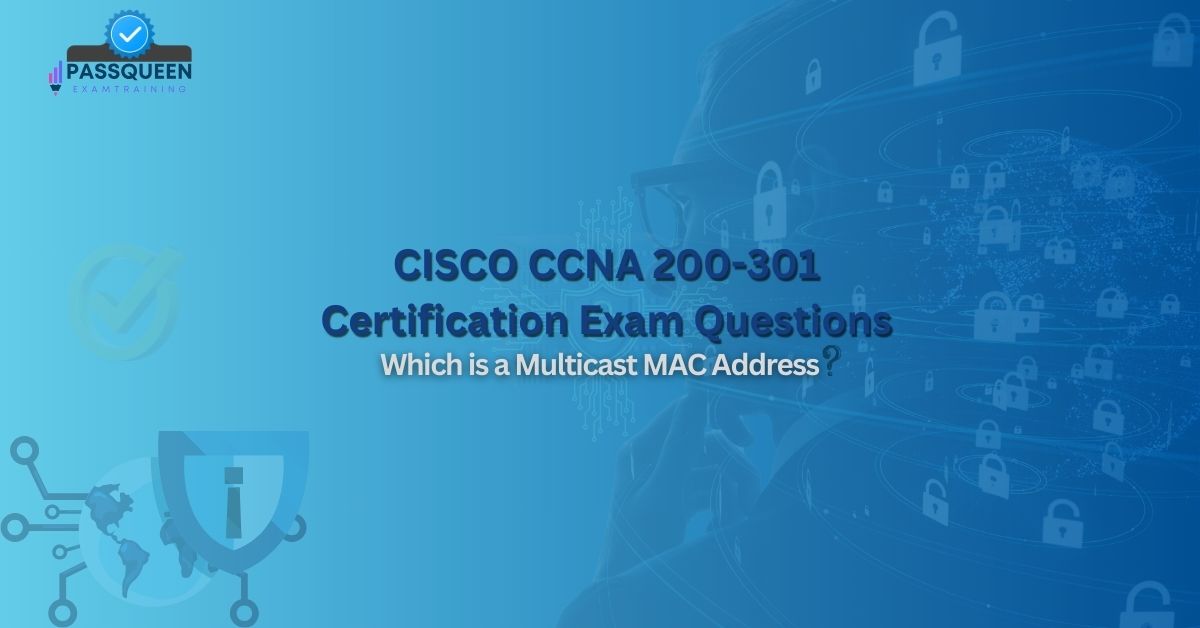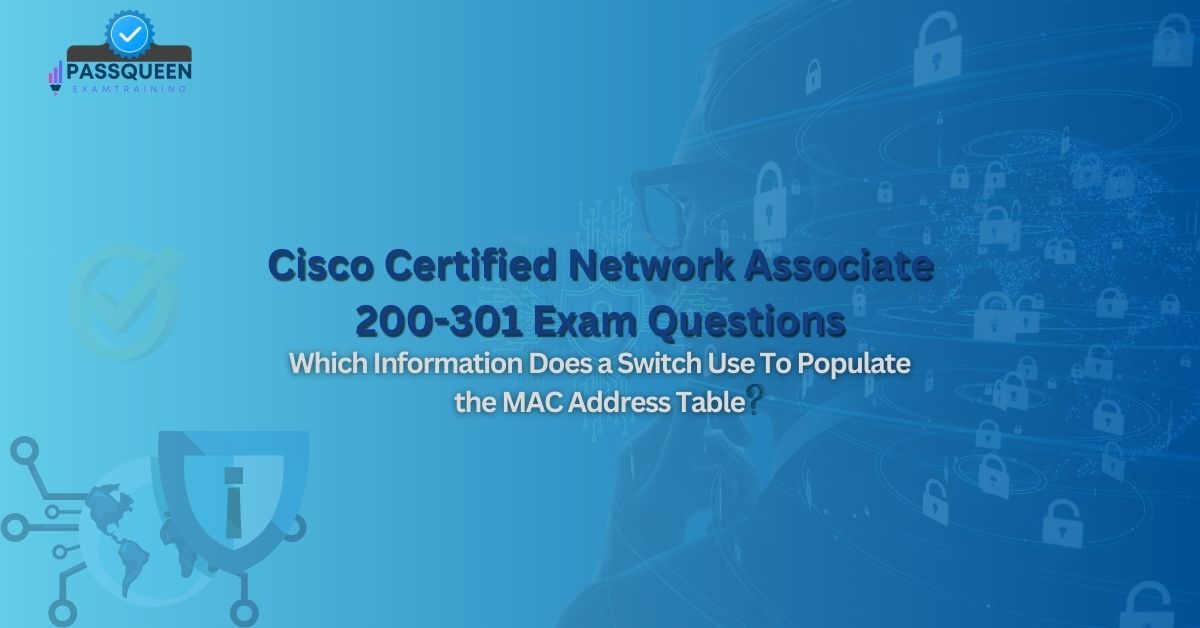Introduction
In the world of networking, protocols are the backbone of communication. They define the rules and conventions for how devices interact, exchange data, and ensure seamless connectivity across networks. For organizations like PassQueen, which rely on efficient and secure communication, understanding network protocols is essential. This article provides an in-depth overview of network protocols, explores their key characteristics, discusses common protocols and their functions, identifies correct statements about network protocols, addresses common misconceptions, and offers exam tips for the Cisco CCNA 200-301 Certification. Additionally, we’ll provide sample questions and answers to reinforce your understanding. By the end of this article, you’ll have a solid grasp of network protocols and their importance in modern networking.
Overview of Network Protocols
Network protocols are standardized sets of rules that govern how data is transmitted, received, and processed across networks. They ensure that devices from different manufacturers and operating systems can communicate effectively. Without protocols, the internet and local networks as we know them would not exist.
Protocols operate at various layers of the OSI (Open Systems Interconnection) model, which divides network communication into seven layers. Each layer has specific protocols that handle tasks such as data formatting, addressing, error detection, and routing. For example, the Transmission Control Protocol (TCP) operates at the transport layer, while the Internet Protocol (IP) operates at the network layer.
Network protocols are essential for enabling communication between devices, ensuring data integrity, and providing security. They are the foundation of modern networking and play a critical role in the success of organizations like PassQueen.
Key Characteristics of Network Protocols
To understand network protocols better, it’s important to recognize their key characteristics:
- Standardization: Protocols are standardized to ensure compatibility across different devices and networks. Standards are often defined by organizations like the Internet Engineering Task Force (IETF) and the Institute of Electrical and Electronics Engineers (IEEE).
- Layered Architecture: Protocols operate at specific layers of the OSI model, each with a distinct role. For example, the physical layer handles the transmission of raw bits, while the application layer deals with user-facing services like email and web browsing.
- Reliability: Many protocols include mechanisms to ensure reliable data delivery. For example, TCP uses acknowledgments and retransmissions to guarantee that data reaches its destination.
- Efficiency: Protocols are designed to optimize network performance by minimizing overhead and maximizing throughput. For instance, the User Datagram Protocol (UDP) sacrifices reliability for speed, making it ideal for real-time applications like video streaming.
- Security: Modern protocols often include built-in security features to protect data from unauthorized access and tampering. Examples include HTTPS (HTTP Secure) and IPsec (Internet Protocol Security).
- Scalability: Protocols are designed to support networks of varying sizes, from small local networks to global infrastructures like the internet.
Common Network Protocols and Their Functions
There are numerous network protocols, each serving a specific purpose. Below are some of the most common protocols and their functions:
- TCP (Transmission Control Protocol): A connection-oriented protocol that ensures reliable data delivery. It is used for applications like web browsing, email, and file transfers.
- UDP (User Datagram Protocol): A connectionless protocol that prioritizes speed over reliability. It is commonly used for real-time applications like video streaming and online gaming.
- IP (Internet Protocol): A network layer protocol responsible for addressing and routing data packets across networks. IPv4 and IPv6 are the two main versions of IP.
- HTTP (Hypertext Transfer Protocol): An application layer protocol used for transferring web pages and other content over the internet. HTTPS is the secure version of HTTP.
- FTP (File Transfer Protocol): A protocol used for transferring files between a client and a server. It operates at the application layer.
- DNS (Domain Name System): A protocol that translates human-readable domain names (e.g., www.passqueen.com) into IP addresses.
- SMTP (Simple Mail Transfer Protocol): A protocol used for sending and receiving email messages.
- SNMP (Simple Network Management Protocol): A protocol used for monitoring and managing network devices.
- DHCP (Dynamic Host Configuration Protocol): A protocol that automatically assigns IP addresses to devices on a network.
- ICMP (Internet Control Message Protocol): A protocol used for diagnostic purposes, such as ping and traceroute.
Identifying Correct Statements About Network Protocols
When studying network protocols, it’s important to distinguish between correct and incorrect statements. Here are some examples of correct statements:
- "TCP ensures reliable data delivery through acknowledgments and retransmissions."
This is true because TCP is a connection-oriented protocol that guarantees data delivery. - "UDP is faster than TCP but does not guarantee data delivery."
This is true because UDP is a connectionless protocol that prioritizes speed over reliability. - "DNS translates domain names into IP addresses."
This is true because DNS is designed to resolve human-readable domain names to numerical IP addresses. - "HTTP is an application layer protocol used for web browsing."
This is true because HTTP is specifically designed for transferring web content. - "IP is responsible for addressing and routing data packets."
This is true because IP operates at the network layer and handles these tasks.
Common Misconceptions About Network Protocols
There are several misconceptions about network protocols that can lead to confusion. Let’s address some of the most common ones:
- "All protocols are secure by default."
This is false. While some protocols include security features, others (like HTTP) do not. Secure versions of protocols, such as HTTPS, must be used to ensure data protection. - "TCP and IP are the same thing."
This is false. TCP and IP are separate protocols that operate at different layers of the OSI model. TCP handles reliable data delivery, while IP handles addressing and routing. - "UDP is useless because it doesn’t guarantee data delivery."
This is false. UDP is ideal for applications where speed is more important than reliability, such as video streaming and online gaming. - "DNS is only used for websites."
This is false. DNS is used to resolve domain names for any network service, including email and file transfers. - "IPv4 and IPv6 are interchangeable."
This is false. IPv4 and IPv6 are distinct protocols with different addressing schemes. IPv6 was introduced to address the limitations of IPv4, such as the exhaustion of available addresses.
Exam Tips for Cisco CCNA 200-301
For those preparing for the Cisco CCNA 200-301 certification, understanding network protocols is crucial. Here are some tips to help you succeed:
- Focus on Key Protocols: Pay special attention to protocols like TCP, UDP, IP, HTTP, DNS, and DHCP, as they are fundamental to networking and are frequently tested.
- Understand the OSI Model: Be familiar with the seven layers of the OSI model and the protocols that operate at each layer.
- Practice Configuration: Use simulation tools like Cisco Packet Tracer to practice configuring protocols such as DHCP and DNS.
- Memorize Port Numbers: Many protocols are associated with specific port numbers (e.g., HTTP uses port 80, HTTPS uses port 443). Memorizing these will help you answer exam questions more quickly.
- Review Common Misconceptions: Be aware of common misconceptions and ensure you understand why they are incorrect.
- Take Practice Exams: Use Cisco 200-301 Practice Exams to test your knowledge and identify areas where you need improvement.
Final Thoughts
Network protocols are the foundation of modern networking, enabling devices to communicate efficiently and securely. For organizations like PassQueen, understanding and implementing the right protocols is essential for maintaining a robust and reliable network infrastructure. By mastering the concepts discussed in this article, you’ll be well-equipped to tackle real-world networking challenges and excel in the Cisco CCNA 200-301 certification exam.
Sample Cisco CCNA 200-301 Dumps Questions
Which statement is correct about network protocols?
Options:
A) Network protocols are only used for internet communication.
B) Network protocols define rules for data exchange between devices.
C) Network protocols are hardware components that connect devices.
D) Network protocols are unnecessary for secure communication.
Correct Answer:
B) Network protocols define rules for data exchange between devices.
Explanation:
Network protocols are sets of rules and standards that govern how devices communicate and exchange data over a network. They are essential for ensuring reliable and secure communication, and they apply to both local and internet-based networks. Options A, C, and D are incorrect because protocols are not limited to the internet, are not hardware components, and are critical for secure communication.
Avail Limited Time Special Discount Offer for "Cisco Certified Network Associate Exam"


